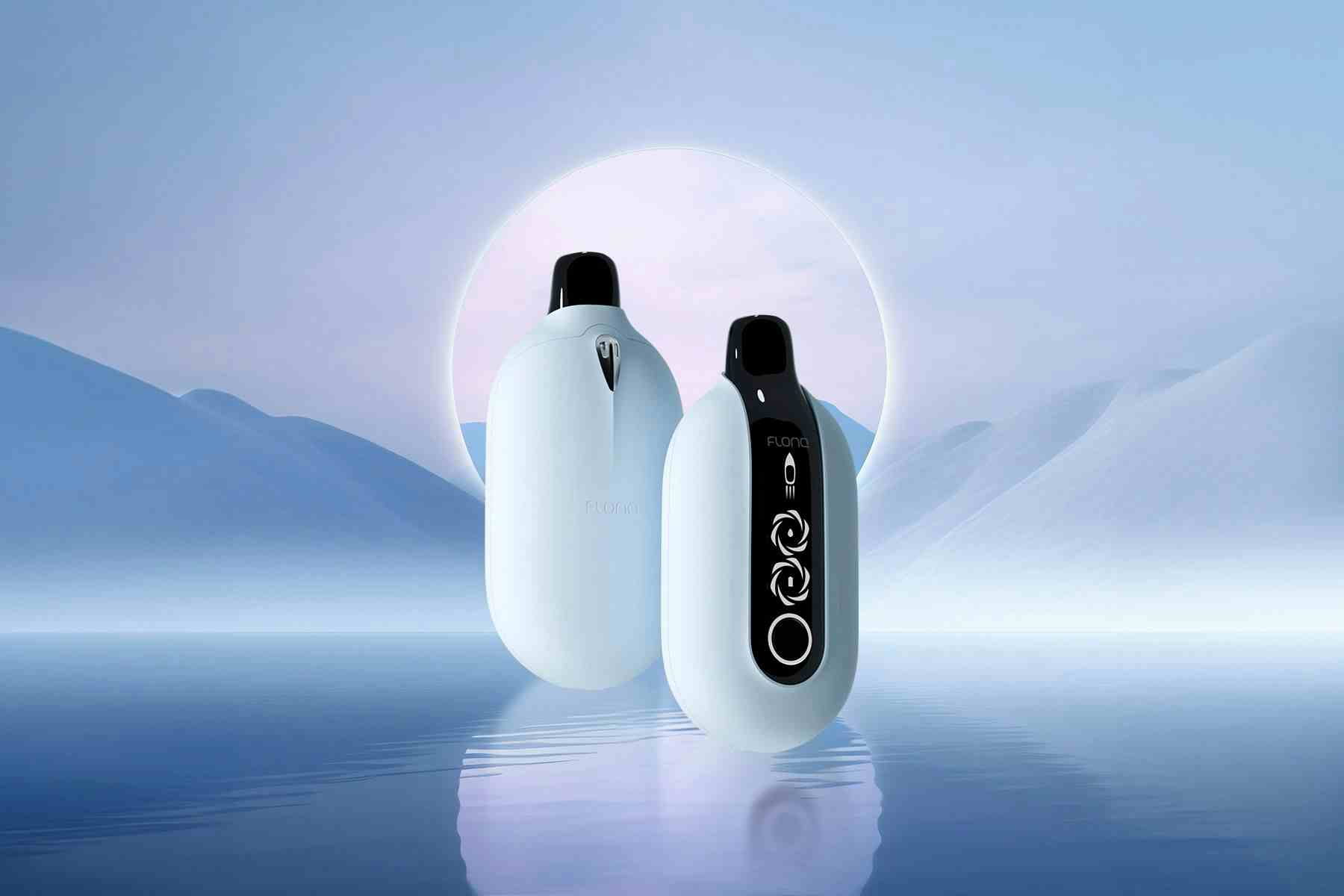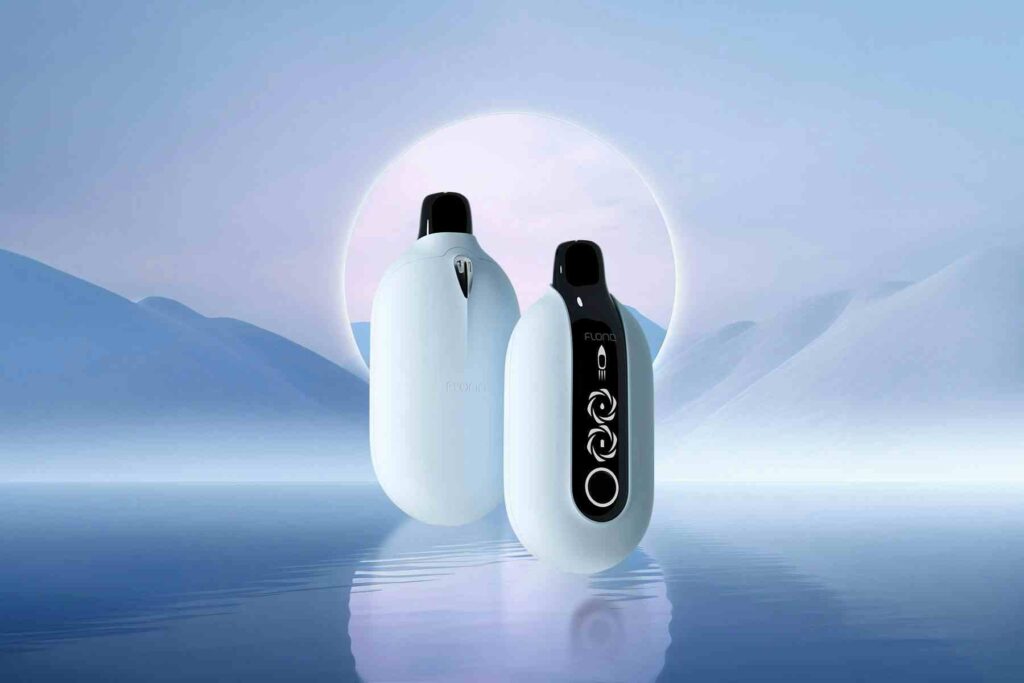Introduction to Vape Performance

Vaping has surged in popularity over the last decade, leading to an increased focus on understanding how various factors influence the performance of vape devices. Among these factors, environmental conditions play a crucial role in shaping the vaping experience. This article will explore the impact of temperature, humidity, altitude, and air quality on vapor production, flavor delivery, and overall user satisfaction.
Temperature Effects
Temperature is one of the most significant environmental factors affecting vape performance. An optimal temperature range (usually between 20°C to 25°C or 68°F to 77°F) is essential for achieving the best vaping experience. When temperatures are too low, e-liquids tend to thicken, which can lead to poor wicking and less vapor production. Conversely, high temperatures can cause e-liquids to vaporize too quickly, leading to a burnt taste and diminished flavor.
Furthermore, extreme heat can also lead to overheating issues in the device itself, which may shorten the lifespan of the hardware and increase the risk of malfunctions. Users should be mindful of their surroundings and store their devices properly to avoid extreme temperatures.
Humidity Considerations
Humidity levels in the environment significantly influence the viscosity of e-liquids and the performance of vape devices. High humidity can cause e-liquids to thin out, resulting in increased wicking efficiency and potentially producing denser vapor clouds. However, excessive moisture in the air can also lead to condensation in the device, potentially clogging the coils and degrading flavor quality.
On the flip side, low humidity can result in thicker e-liquids that may not wick appropriately, leading to dry hits and an unsatisfactory vaping experience. It’s essential for vapers to calibrate their devices based on local humidity conditions for optimal functioning.
Altitude Impact
Vaping at high altitudes poses unique challenges due to decreased atmospheric pressure. As you ascend, the boiling point of liquids decreases, potentially altering the vaporization process of e-liquids. Users at higher elevations may find that their devices produce less vapor, and flavors might taste muted compared to sea-level conditions.
Additionally, many vapers report drier air at higher altitudes, which can result in throat irritation and a less pleasurable vaping experience. Those who frequently travel to elevated regions should consider adjusting their device settings accordingly or switch to e-liquids that perform better under these circumstances.
Air Quality Influence
The quality of air in the environment can also impact vape performance, primarily through the presence of pollutants, dust, and other particulates. Poor air quality can clog the device’s airflow system, leading to restricted air intake and affecting vapor production. Moreover, the presence of harmful substances in the air may negatively influence the flavor profile of the e-liquid, making it less enjoyable.
Vapers should be mindful of their surroundings, particularly in urban areas, to ensure optimal vaping experiences. Maintaining clean hardware and choosing e-liquids designed for resilience against environmental pollutants can enhance performance.
Conclusion
Understanding how environmental factors affect vape performance is essential for any vaping enthusiast. By considering temperature, humidity, altitude, and air quality, users can optimize their vaping experience, enhancing vapor production and flavor delivery. Ultimately, adapting to these external conditions will empower vapers to enjoy their devices to the fullest, ensuring a satisfying and enjoyable experience.





